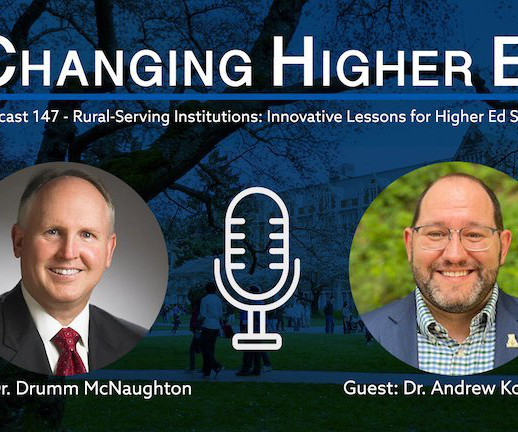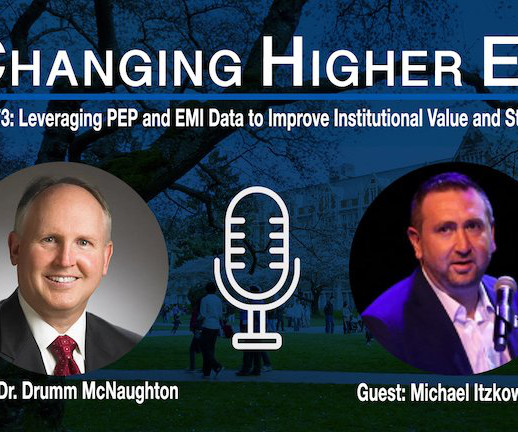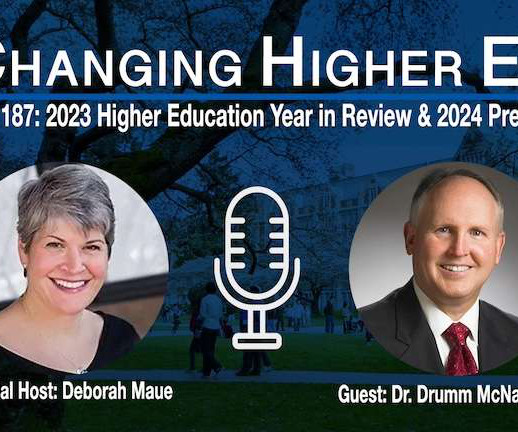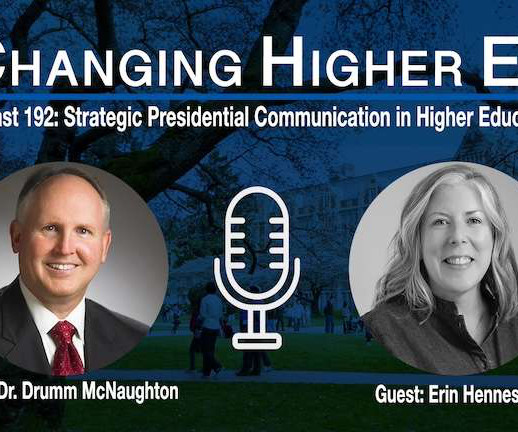Rural-Serving Institutions: Innovative Lessons for Higher Ed Success: Changing Higher Ed Podcast 147 with Host Dr. Drumm McNaughton and Guest Dr. Andrew Koricich
The Change Leader, Inc.
MARCH 21, 2023
Therefore, RSIs are tied to their community’s focused industry and must remain targeted. Public RSIs are more dependent on state appropriations but receive fewer appropriations per student because state funding metrics focus on enrollment growth, which is more constrained. Dr. Koricich earned a Ph.D. in Higher Education and a B.S.















Let's personalize your content